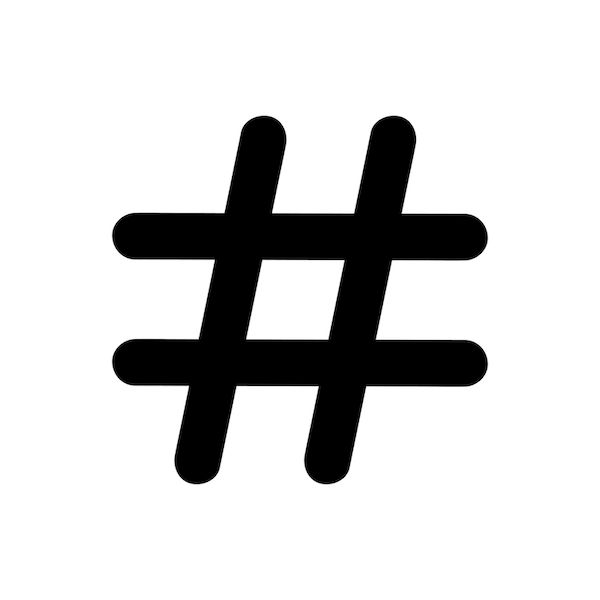
Hashtags are an essential, but sometimes misunderstood, tool for growing an Instagram following as they allow users to discover new content and increase the visibility of their own posts. Hashtags work by categorizing posts under specific topics, making them more discoverable to users interested in those topics. Instagram creators use hashtags to track trends and enhance search. Simply speaking, hashtags are words or phrases about a specific topic, with a hash (#) before it, e.g. #traveltuesday. When an Instagram user adds a hashtag, the post is indexed in this manner, and it becomes easily discoverable by other users. In many ways, it is the way users “search” Instagram, and to a lesser extent, Facebook, LinkedIn, and Twitter.
To choose the right hashtags for your posts, consider the following:
- Relevance: Choose hashtags that are relevant to your content and target audience. For example, if you post about travel, use hashtags such as #travel #vacation #caribbean #instatravel #travel #traveladvisor #traveling #traveler #travelers #travelbug #vacation #travelholic #travelgram #travelinggram #travelphotography #exploring #explorer #wanderer #wanderlust #beach #doyoutravel #goexplore #travelmore #lovetotravel #wonderfulplaces #instaplane #roamtheplanet #iwanttotravel.
- Popularity: Use popular hashtags to increase your chances of being discovered by a larger audience. You can find popular hashtags by searching for keywords related to your content and checking the most used hashtags. However, the most popular tend to have thousands of results for a search, and you can get lost in the mix. Experiment with tags having a mid-range popularity as well.
- Niche-specific hashtags: Use niche-specific hashtags to reach a more targeted audience. For example, if you post about culinary travel use hashtags such as #veganfood #veganrecipes and #plantbased #mediterraneandiet #culinarytalents #foodstagram #cooking #culinaryskills #instatravel #culinarychef #culinarytours and #food
- Brand-specific hashtags: Create and use your own brand-specific hashtags to increase brand recognition and build a community of followers. For example, if you were Ace Adventure Travel, you might use a hashtag such as #AceAdventure. However, some use the dubious tactic of including better known competitors as a hashtag, so when someone searches for the competitor, the tagger’s post will also be seen. I caution against using the name of competitors as a hashtag, as some court cases have found trademark infringement to be a possible cause of action.
- Use hashtags used by the supplier: Fans of particular suppliers know which hashtags bring up info on that supplier. So, for example, Royal Caribbean uses #comeseek, among many others, with regularity. Fans of Royal Caribbean know that and search it to check in along with #royalcaribbean #royalcaribbeancruise #royalcaribbeaninternational #royalcaribbeancruiseline #royalcaribbeancruises.
- Avoid banned hashtags: Instagram occasionally bans specific hashtags, so make sure to avoid using banned hashtags, as they can cause your post to be hidden or even removed.
It is important to note that many argue using too many hashtags in a single post can appear spammy and can actually decrease the visibility of your post. However, not everyone agrees. A good rule of thumb is to use between 9-15 hashtags per post. However, in a truly excellent study, Louise Myers argued for using more hashtags for better engagement, and since you can use up to 30 at a time, the recommendation for 9 – 15 is reasonable but worthy of experimentation.
Hashtags are an important tool for growing your Instagram following and increasing the visibility of your posts. By choosing the right hashtags, you can reach a targeted audience, increase brand recognition, and build a community of followers.



